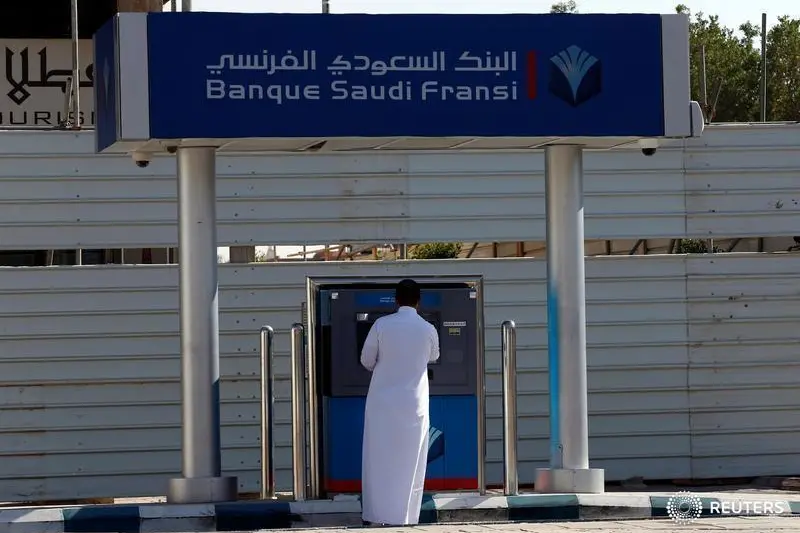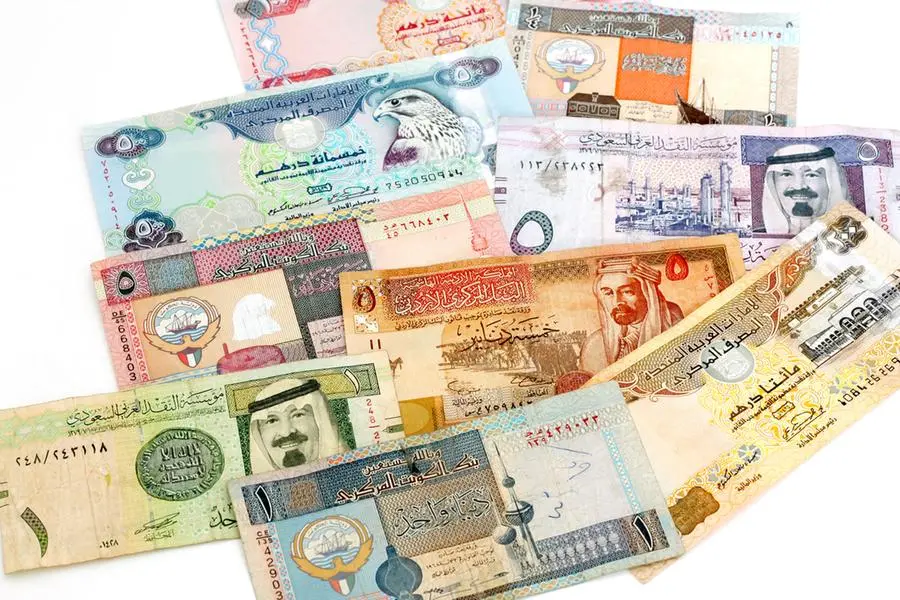PHOTO
Image used for illustrative purpose. Getty Images
Mobile money wallets are gaining traction as the preferred mode of payment for business and other financial transactions in Tanzania compared to other electronic options or even cash, according to two newly released study findings.
In its analysis of trade trends in Tanzania over 2022, Standard Bank (Stanbic) said Tanzania differed from other countries in Africa where cash payments have taken the lead and mobile money hasn’t really caught on as fast.“In terms of the financial behaviour of traders (in Tanzania), when it comes to methods of payment for sales there was a shift from electronic bank transfers to mobile money. This indicates that mobile money has become more popular, and EFTs are falling out of favour for payment received from sales,” Stanbic said in its Trade Barometer report for Tanzania which became available during the last week of June.
Read: Mobile money beats other digital platformsStanbic’s analysis effectively supported FinScope Tanzania’s 2023 report which said an increased uptake of mobile money services among adult Tanzanians, from 60 to 72 percent since 2017, has contributed “significantly” to the expansion of financial inclusion levels in the country.
The FinScope report measures financial inclusion trends in Tanzania with the 2023 version launched in Dar es Salaam on July 10.
Previous reports were published in 2006, 2009, 2013 and 2017.
According to FinScope, up to 76 percent of the population was now formally within the financial inclusion bracket against 65 percent in 2017 as mobile phone ownership increased from 63 to 75 percent during the same period.
Access to commercial banking services also rose from 17 to 22 percent since 2017, with the report attributing this mainly to such services becoming more easily accessible through mobile phones.
But it also noted that access to a mobile phone among Tanzanians dropped from 93 to 86 percent and remained skewed towards men (80 percent against 71 percent for women), while at least 19 percent of the populace remained financially “excluded” compared with 28 percent in 2017.
According to Stanbic Bank, mobile money took the lead in financial services used by Tanzanian traders at 67 percent, staying just ahead of transactional accounts which improved from 59 to 66 percent, while online banking trailed by far at 50 percent.
Read: Tanzania scraps levy on electronic transactions after outcryPayments for sales by mobile money and credit cards increased proportionally by three percent each, from 18 to 21 percent for mobile money and 12 to 15 percent for credit cards, while EFT/electronic payments dropped from 10 to six percent.
On the purchases side, use of credit cards for payments went up from 15 to 18 percent and mobile money payments rose 15 to 16 percent as electronic payments dipped from 13 to 9 percent.
However, the bank also noted that access to credit remained a key area of concern for traders operating in Tanzania with just 42 percent of respondents in the survey saying such access was “easy.”The ratio of trading companies offering credit terms to clients dropped from 44 to 42 percent although the percentage of firms receiving credit advances from suppliers went up from 39 to 45 percent, Stanbic said. © Copyright 2022 Nation Media Group. All Rights Reserved. Provided by SyndiGate Media Inc. (Syndigate.info).





















